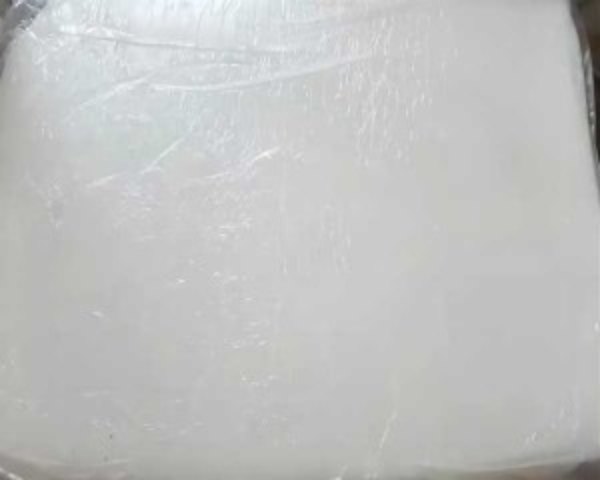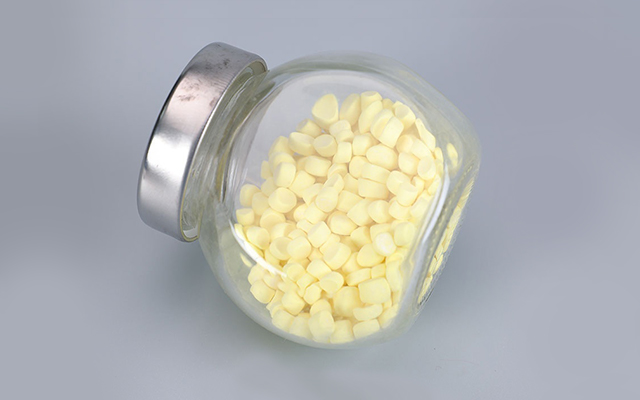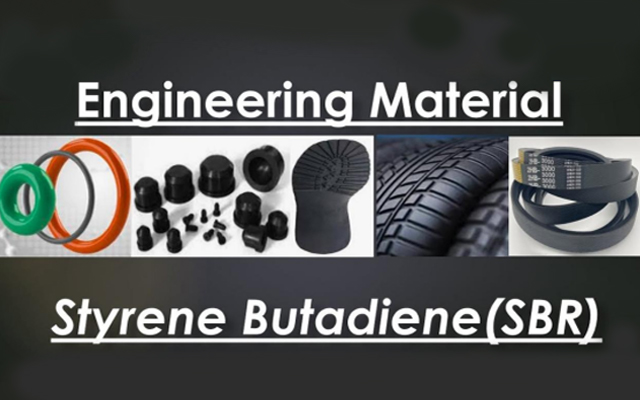Chlorinated butyl rubber
Chlorinated Butyl Rubber, specifically CIIR 1338, stands out as a synthetic rubber known for its unique properties and composition. This material is characterized by a chlorinated copolymer structure, resulting from the chlorination of isobutylene and isoprene. It is a unique combination of low Mooney viscosity, chlorinated copolymer structure, and isobutylene-isoprene composition makes it a versatile synthetic rubber with applications across diverse industries. Its performance in demanding environments, such as tire manufacturing and sealing applications, underscores its significance in various industrial processes.

Functions and Characteristics
Basic Characteristics
| Property | Unit | Specification | Test Method |
| Appearance | / | White to light yellow solid | Visual |
| Mooney Viscosity ML (1+8) 125C | MU | 38.0±4.0 | GB/T 1232. 1 |
| Chlorine content | wt% | 1.25±0. 10 | JingBo Method |
| Volatiles | wt% | ≤0.5 | GB/T 24131.2 |
| Ash content | wt% | ≤0.5 | GB/T 4498. 1 |
| Antioxident (non-Staining) | wt% | ≥0.03 | Jingbo Method |
Curing Characteristics:
| Property | Unit | Specification | Test Method |
| FL | dN.m | 2.5±0.8 | Compounding method : |
| FH | dN.m | 8.0±1.2 | ASTM D3958 (IRB 9) |
| tS1 | min | 1.2±0.8 | Test condition: |
| t50 | min | 3.0±1.5 | SH/T 1717-2008-6.2 |
| t90 | min | 8.0±2.5 | Test method: GB/T 16584 |
- Copolymer Structure: CIIR 1338 is a chlorinated copolymer of isobutylene and isoprene, combining the properties of both monomers to provide a unique set of characteristics suitable for industrial hose and belt applications.
- Low Mooney Viscosity: The low Mooney viscosity of CIIR 1338 facilitates easy processing during manufacturing, contributing to the efficiency of producing industrial hoses and belts.
- Chemical Stability: The chlorination process enhances the chemical stability of CIIR 1338, making it resistant to degradation when exposed to various chemicals commonly encountered in industrial environments.
- Abrasion Resistance: CIIR 1338 demonstrates abrasion resistance, ensuring the surface integrity of industrial hoses and belts even in conditions where friction and wear are prevalent.
- Impermeability to Gases: Derived from isobutylene, CIIR 1338 exhibits impermeability to gases, preventing the permeation of gases through hoses and ensuring the effective containment of liquids.
- Temperature Resistance: CIIR 1338 provides stability across a range of temperatures, ensuring that industrial hoses and belts maintain their performance characteristics in different operational conditions.
Major Applications
Vibration Dampening Components:
The elastic and flexible nature of CIIR 1338, combined with its chemical resistance, makes it suitable for applications requiring vibration dampening. This is particularly relevant in industries such as automotive and machinery.

Industrial Hoses and Belts:
CIIR 1338 finds use in the production of industrial hoses and belts where a balance of flexibility and durability is required. Its resistance to chemicals and abrasion contributes to the longevity of these components.

-
APPlications
It is widely used for tire inner-liners, anti-corrosive linings, waterproof materials, anti-vibration products, shoe soles, TPV, etc.
-
Product Package
34kg per bale, individually packed in low melting PE/EVA/(EVA+PE)
composite film. Plywood case or IBC,36bales in total. -
Safety
The solid high-molecular polymer with stable and reliable performance, harmless to humans, animals, plants as well as ecology environment. For any relevant safety data, see details in MSDS.
-
Storage
The item must be stored in dry and ventilative warehouse and kept out of direct sunlight, moisture and contamination. The storage period is 24 months.
In Needs of Rubber Vulcanization Accelerators Solution?


